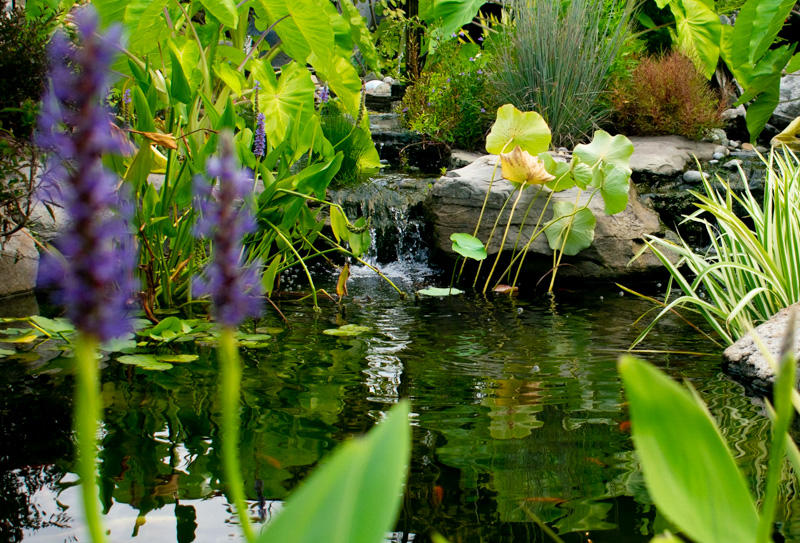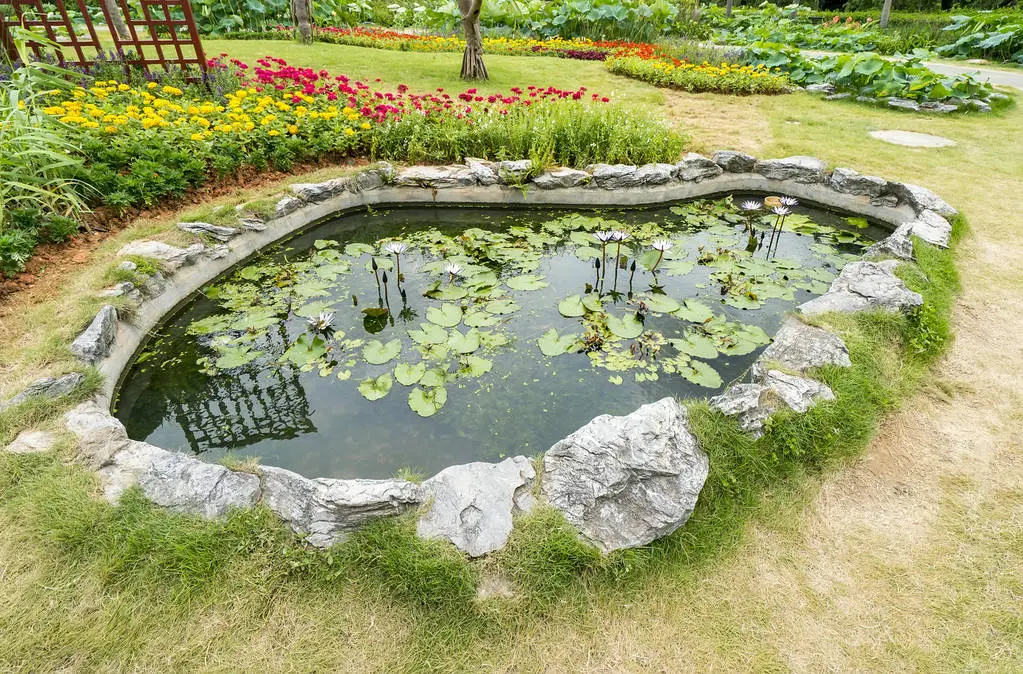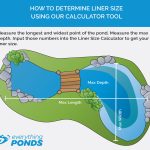When it comes to ponds, the size and dimensions can vary greatly depending on various factors such as location, purpose, and design. Whether you have a small backyard pond or a large natural pond, understanding the size of your pond is essential for maintenance, stocking fish, and overall enjoyment. Let’s delve into the world of pond sizes and dimensions to help you better understand how big your pond really is.
Factors Affecting Pond Size
Before we dive into the specifics of pond sizes, it’s important to consider the factors that can influence the size of a pond. Here are some key factors to keep in mind:
- Location: The location of your pond can impact its size, with backyard ponds typically being smaller than natural ponds found in the wild.
- Purpose: The intended purpose of the pond, whether it’s for landscaping, fishkeeping, or wildlife habitat, can determine its size and dimensions.
- Design: The design of the pond, including its shape, depth, and surrounding features, can play a role in its overall size.
Common Pond Sizes
Ponds come in all shapes and sizes, but there are some common categories that can give you an idea of how big your pond might be:
| Pond Size | Dimensions |
|---|---|
| Small Pond | Less than 50 square feet |
| Medium Pond | 50-200 square feet |
| Large Pond | More than 200 square feet |
Measuring Pond Size
Now that you have an idea of the common pond sizes, you may be wondering how to measure the size of your own pond. Here are some simple steps to help you determine the dimensions of your pond:
- Measure the length and width of your pond using a tape measure.
- Multiply the length by the width to calculate the surface area of the pond in square feet.
- If your pond is irregular in shape, break it down into sections and calculate the area of each section separately before adding them together.

Credit: jeremybiggs.wordpress.com
Importance of Knowing Pond Size
Understanding the size of your pond is crucial for various reasons:
- Stocking Fish: Knowing the size of your pond helps determine the appropriate number of fish that can be supported without overcrowding.
- Maintenance: Pond size influences the maintenance requirements, such as filtration, aeration, and water quality management.
- Landscaping: The dimensions of your pond impact the landscaping choices around it, such as plants, rocks, and other features.

Credit: splashsupplyco.com
Enhancing Your Pond Experience
Once you have a clear understanding of the size and dimensions of your pond, you can take steps to enhance your pond experience:
- Add aquatic plants to provide natural filtration and enhance the aesthetic appeal of your pond.
- Consider installing a fountain or waterfall for a soothing water feature that also helps with aeration.
- Monitor water quality regularly to ensure a healthy environment for fish and other aquatic life.
- Adjust stocking levels based on the size of your pond to maintain a balanced ecosystem.
Conclusion
From small backyard ponds to expansive natural water bodies, ponds come in a wide range of sizes and dimensions. By understanding the size of your pond and its implications, you can make informed decisions regarding maintenance, landscaping, and fish stocking. Remember to measure your pond accurately and consider its purpose and design when assessing its size. With the right knowledge and care, you can enjoy a thriving pond that enriches your outdoor space and provides a habitat for various aquatic species.





